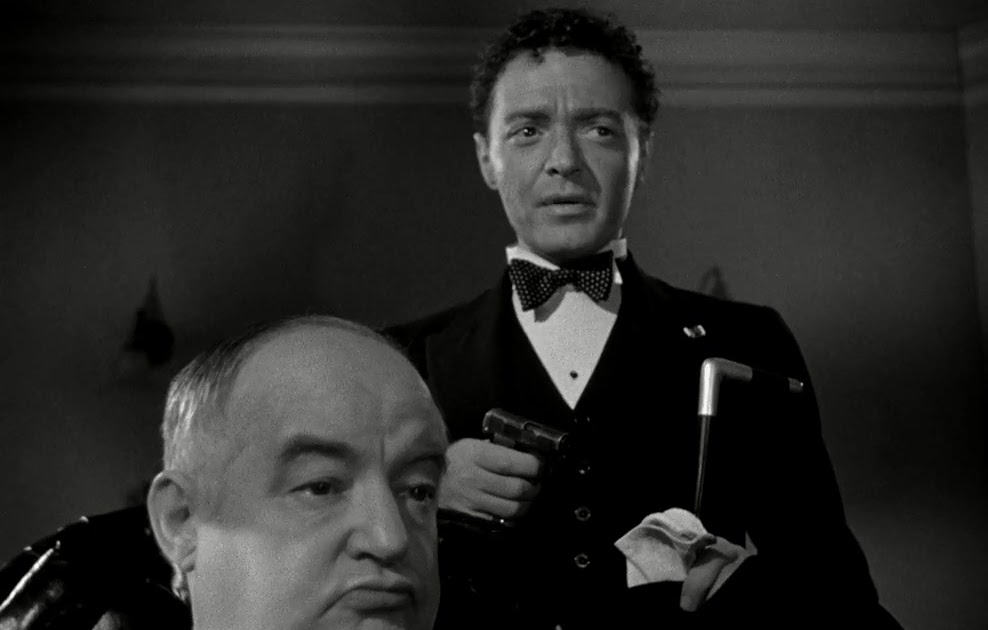SMOOSH JUICE
Traveller Distinctives: The Patron

One of the fascinating aspects of early RPGs is how they slowly formalized the logic of play. Dungeons & Dragons may have established the basic parameters of what a roleplaying game was, but it often left many questions unanswered. Why do the characters delve into dungeons? Who sends them? The answers were left to the referee. The occasional NPC might offer a mission or contract, but these were incidental, tools of the moment rather than a foundation of play.
Traveller, meanwhile, took a different approach. While it certainly didn’t invent the concept of the patron – an NPC who hires the characters to perform a job – it brought that arrangement front and center. Patrons weren’t just another option; they were core to how the game was expected to be played. The “Patrons” section of Book 3: Worlds and Adventures includes a table of potential patrons designed precisely to facilitate adventure hooks through employment. The Traveller Book is even more explicit in its discussion of patrons:
The key to adventures in Traveller is the patron. When a band of adventurers meets an appropriate patron, they have a person who can give them direction in their activities, and who can reward them for success. The patron is the single most important non-player character possible.
I don’t think the game could be clearer. Patrons aren’t just a suggestion; their appearance in a campaign is a procedural expectation. Traveller assumes that characters, once generated and set loose in the universe, will look for patrons in starports, bars, or back alleys, seeking work. The encounter charts in the rules were tools to support this play style, providing both inspiration and structure.
The 1980 supplement 76 Patrons reinforces the centrality of the patron. Rather than present long-form adventures as Traveller had done elsewhere, it offers 76 short patron encounters for the referee to slot into his own campaign. Each comes with 2–6 possibilities, ranging from the mundane to the sinister.
The group is contacted by a newly married couple, who decline to give their names, but have reason to believe that their respective parents are not pleased with their union. They will pay Cr3000 to each member of a group who will escort them safely to a planet beyond their parents’ sphere of influence.
Are the newlyweds telling the truth? Why do their parents disapprove? What happens when the characters decide to help them? The beauty of the format 76 Patrons introduces is its open-endedness. A patron encounter is not a fully fleshed-out scenario but rather a situation, a prompt that acts as a springboard for play, driven by player choice and referee improvisation. It’s a wonderful model that encourages episodic, player-directed campaigns, compatible with a wide range of activities: bodyguard duty, espionage, smuggling, salvage, courier missions, outright crime – you name it.
What’s more, this system makes sense within the larger science fictional context depicted in Traveller. The player characters are often former military personnel, merchants, or scouts, recently discharged from service with a pension, a few skills, and perhaps a ship with a mortgage. They’re not heroes out to save the world, but freelancers trying to keep the lights on. This framework gives Traveller a tone distinct from that of D&D. It’s less about fighting adversaries in dangerous locales and more about negotiating contracts, weighing risks, and navigating a morally gray universe. The use of patrons supports a looser, sandbox-style approach to campaign structure, encouraging referees to present opportunities for players to involve their characters in a wide variety of interstellar hijinks.
Today, it’s easy to recognize the importance of patrons in Traveller, because the idea of an NPC giving out jobs seems commonplace. But in 1977, just three years after the release of OD&D, few games emphasized this as a default mode of play. Traveller systematized the role of the patron and, in doing so, offered another way to structure an adventure, one rooted in negotiation, opportunity, and choice rather than exploration alone. That quiet shift in procedure helped lay the groundwork for decades of mission-based, open-ended roleplaying. I don’t think it’s any coincidence that, having played Traveller for so long, my default campaign frame includes lots of patrons to present opportunities to the player characters. The House of Worms campaign, for example, makes heavy use of patrons to this day. In my experience, it’s a robust and flexible foundation that fosters engagement, supports improvisation, and sustains long-term play across almost any genre.
